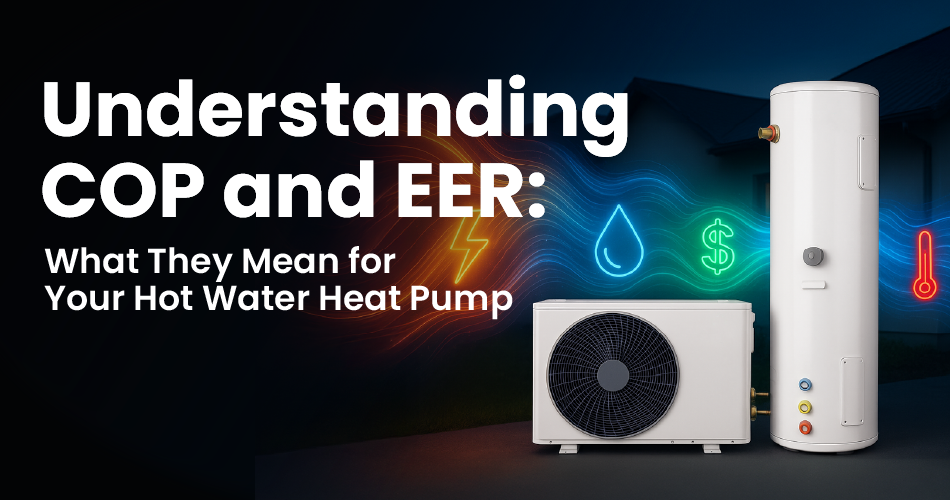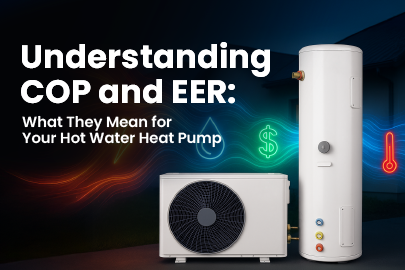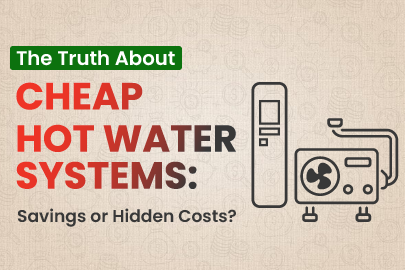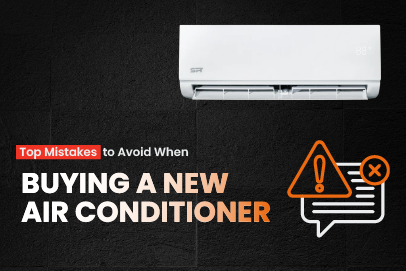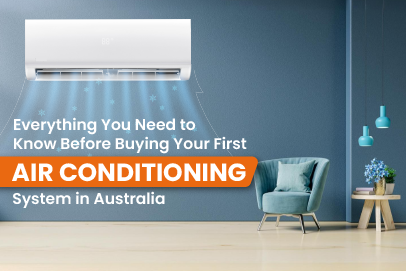In the world of hot water heat pumps, efficiency is more than a buzzword—it's a measurable factor that directly impacts your energy bills, environmental footprint, and system performance.
Two critical metrics to understand when comparing heat pumps are COP (Coefficient of Performance) and EER (Energy Efficiency Ratio). But what do these numbers mean, and why should you care? Let's break it down.
What are COP and EER?
a. Definition of COP (Coefficient of Performance)
The COP of a heat pump indicates how efficiently it converts electrical energy into heat. A coefficient of performance heat pump with a COP of 4 means that for every 1 kW of electricity used, it generates 4 kW of heat. This makes it a powerful measure of heating efficiency.
b. Definition of EER (Energy Efficiency Ratio):
The heat pump EER rating is typically used for cooling systems but is also applicable to heating in some cases. It calculates how much cooling (or heating) output is produced for each unit of electrical input. Higher EER values represent better efficiency.
EER and COP Difference
Both EER (Energy Efficiency Ratio) and COP (Coefficient of Performance) measure the efficiency of a heat pump—but they do so in slightly different ways, and understanding this difference can help you make a smarter purchasing decision.
Let’s do a eer vs cpo comparison side by side.
|
COP (Coefficient of Performance) |
EER (Energy Efficiency Ratio) |
|
|
Which Should You Focus On?
For hot water heat pumps, COP is the more relevant metric. It gives a clear picture of how efficiently the system converts electricity into usable hot water.
If you're evaluating a system that includes both heating and cooling functions, look at both ratings—but prioritize COP for water heating performance.
Why COP and EER Matter for Hot Water Heat Pumps
Knowing the energy efficiency rating of a heat pump isn't just a technical detail—it helps you gauge the real-world savings and performance.
Systems with high COP and EER consume less electricity, offer faster heating times, and reduce greenhouse gas emissions.
Whether you're an eco-conscious homeowner or simply want lower energy bills, these figures guide your investment.
Comparing COP and EER Across Popular Heat Pump Brands
a. Emerald 300L Hot Water Heat Pump:
- High COP value (~4.5) – great for larger households
- Ideal for colder climates
- STC-approved and quiet operation
b. Aquatech Heat Pump:
- Consistently high EER and cop of heat pump
- Designed for energy efficiency and low maintenance
- Modern inverter technology ensures stable output
c. SPT Heat Pump:
- Strong balance of performance and price
- Reliable coefficient of performance heat pump in moderate climates
- Widely adopted in both residential and commercial sectors
Factors That Influence COP and EER in Real-World Use
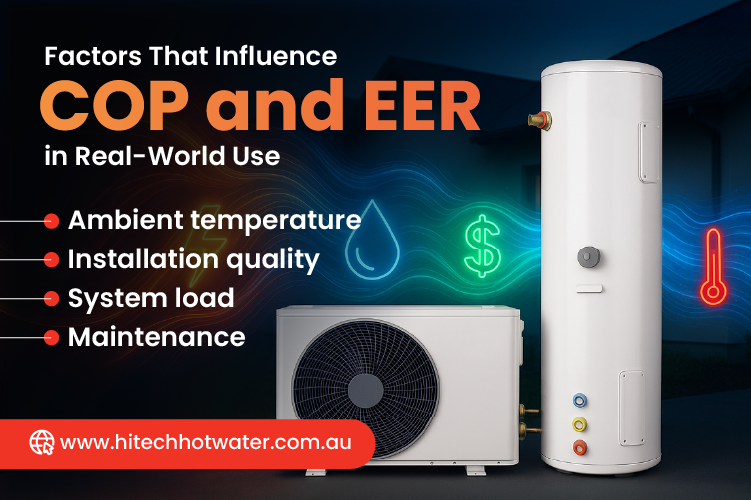
- Ambient temperature: Lower external temperatures reduce COP.
- Installation quality: Poor installation can lower efficiency.
- System load: Overworking a system due to undersizing can affect the energy efficiency rating.
- Maintenance: Dirty filters and components degrade performance.
How to Use COP and EER to Choose the Right Heat Pump
When comparing systems, don't just look at the price tag. Evaluate:
- COP and EER values specific to your climate zone.
- STC eligibility, which often ties to efficiency ratings.
- Long-term savings versus upfront cost—higher efficiency usually pays off.
- EER vs COP: If you're prioritising heating, focus on COP; for cooling functionality, EER matters more.
Government Incentives Based on Efficiency Ratings
Government-backed incentives often hinge on the coefficient of performance heat pump and EER values.
Programs like STCs (Small-scale Technology Certificates), VEECs in Victoria, and the Peak Reduction Certificates in NSW encourage households to install high-efficiency systems by offering financial incentives.
Heat pumps with a high COP of heat pump (generally above 3.5) qualify for higher incentive, making them not only eco-friendly but also economically appealing.
Key Tip:
Before purchasing, check if the hot water heat pump model is approved under your state's incentive program and meets the minimum efficiency threshold.
Future Trends in Heat Pump Technology
The future of heat pump technology is promising. Innovations such as variable-speed compressors, R290 refrigerants, and AI-based load forecasting are driving energy efficiency ratings even higher.
Some next-gen systems offer COPs above 5 and integrate seamlessly with rooftop solar setups—allowing for nearly net-zero water heating costs.
As demand grows, the market will likely shift toward smarter systems that auto-adjust based on weather, occupancy, and tariff timing—giving homeowners even greater control over energy consumption.

Conclusion
Understanding the cop of heat pump and heat pump EER rating helps you make an informed decision when upgrading your hot water system.
These values aren't just numbers—they're indicators of how well your system performs, how much you'll save, and how eco-friendly your home will be.
FAQs
A good COP is typically 3.0 or higher. Premium systems like the Emerald 300L boast COPs of 4.5, which are excellent for energy savings.
Check the product's specification sheet or energy label. Look for both COP and EER values under standard test conditions.
EER = Output cooling (or heating) in BTUs per hour ÷ Power input in watts. A higher EER means greater efficiency.
COP decreases in colder weather because the system works harder to extract heat from the environment.
Not always. While EER is useful, COP is generally the more important metric for hot water applications.

